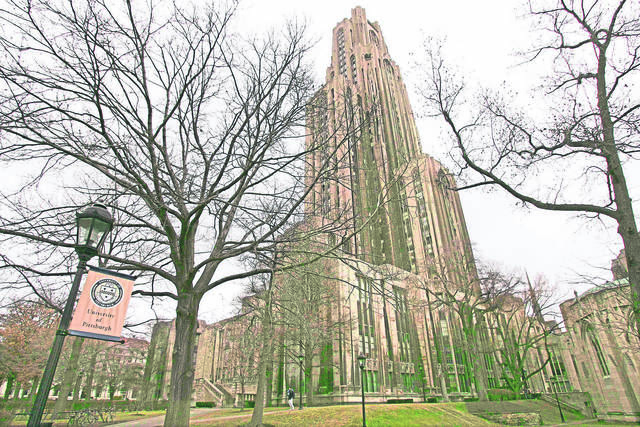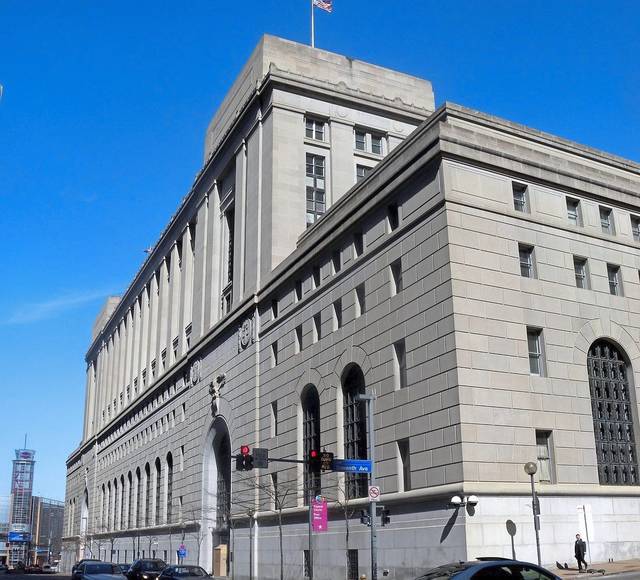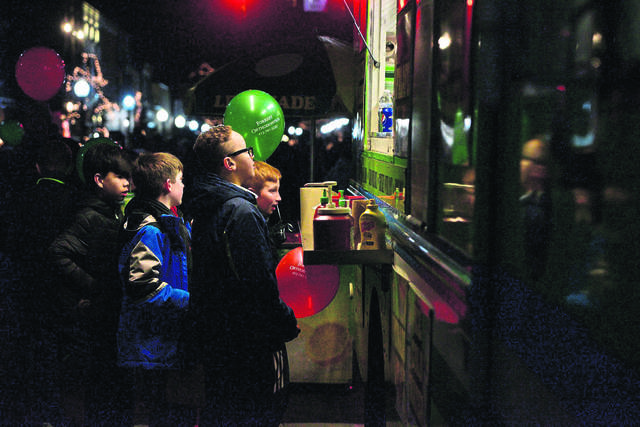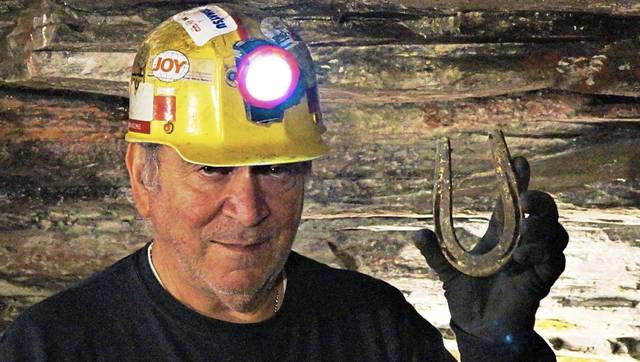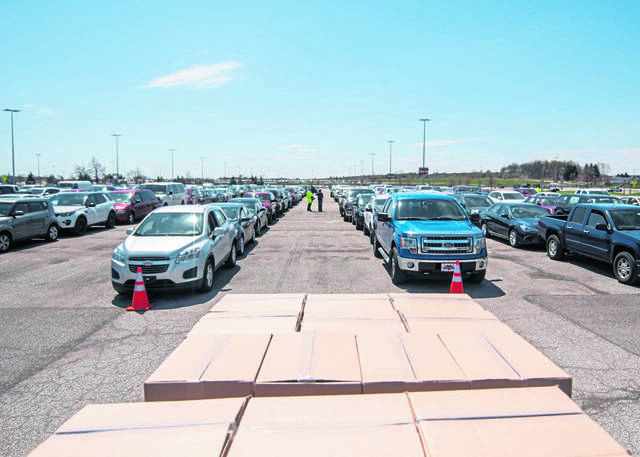University of Pittsburgh researchers are studying tiny genetic differences in coronavirus samples to determine how the virus got to Pittsburgh and the region along with how it’s spreading — and they’ve found the early weeks of the pandemic in Southwestern Pennsylvania could have been much worse.
“Why I think this is important is the conditions for a really bad epidemic were here then, but it didn’t happen,” said Vaughn Cooper, director of Pitt’s Center for Evolutionary Biology and Medicine. “It wasn’t just one isolated introduction.”
SARS-CoV-2 is the technical name for the type of coronavirus that causes covid-19. As it spreads, there’s a chance its genetic material can subtly mutate, Cooper said.
These mutations aren’t pronounced enough to lead to different strains of the virus — they don’t affect its infection rate, symptoms or lethality. However, examining the mutations can give insight over where the virus came from, and how it moves through communities.
“You get a lot of public misconception that there’s all these different strains,” Cooper said. “There’s only one strain, but these minor variations… can support infection tracing.”
The virus has different mutations in different parts of the world. By comparing the RNA of a virus sample to a global database, researchers can get an idea where it originated.
“That gives you some idea about the possible origin of the virus,” said Dr. Lee Harrison, head of Pitt’s Infectious Diseases Epidemiology Research Unit. “Also, it allows you to study how the virus is transmitted in the community.”
Harrison and Cooper sequenced the RNA of about 100 Pittsburgh-area virus samples. It’s clear that coronavirus came to Pittsburgh from multiple different places around the same time, Cooper said.
“What the data indicated is that there were multiple introductions,” he said. “Not all the viruses that got here were exactly that same, and those subtle differences allowed us to infer where they likely came from.”
Many samples showed the virus came from Europe via New York City, but others had genetic markers indicative of the West Coast, Canada and the Washington, D.C., area.
This means that coronavirus was introduced to Southwestern Pennsylvania several times independently, but the region didn’t have a massive outbreak. Cooper credits this to swift shutdown actions by officials and compliance by individuals.
“We were in some way fortunate here in Pittsburgh that those multiple introductions did not sort of catch fire,” he said. “And it’s a credit to behavior and the governmental response that they did not.”
The researchers partnered with the Allegheny County Department of Health and UPMC to get samples for testing.
Researchers all over the world sequenced the genomes of thousands of individual coronavirus samples. Many have shared their findings on global databases like GISAID (Global Initiative on Sharing All Influenza Data), which was founded in 2008 in response to the bird flu.
More than 50,000 individual coronavirus samples have been submitted to GISAID, according to the organization.
A team of researchers with nextstrain.org used GISAID data to create a coronavirus family tree. It shows the virus originating in Wuhan, China, splitting into dozens of slightly-different mutations as it traveled through the world.
Cooper and Harrison were well-poised to begin sequencing research. They’ve been sequencing the DNA of bacteria for about two years. Even before the pandemic, they planned to start sequencing respiratory viruses — including non-covid-19 coronaviruses that cause the common cold.
“It was a natural extension to move into SARS-CoV-2,” Harrison said.
As coronavirus spreads more widely through a community, it becomes more difficult to use genetic sequencing to trace samples back to a specific origin, Cooper said. However, it can be used to help trace the spread. There’s a very low chance of mutation as the virus moves from one person to another, which means samples with the same genetic makeup likely originated from the same source.
Harrison and Cooper are trying to drum up funding from the National Institutes of Health and other sources to expand their efforts. They’re capable of sequencing a sample in about 48 hours, but lack the funding to test on a large scale, Harrison said.
“I do think it’s an important project. We’d like to continue to sequence,” he said.
The work could be especially important now, as coronavirus cases begin to climb amid laxer restrictions.
“In the last few days, we’ve started to see an uptick and we’d like to do more sequencing so we can find out how transmission is occurring,” Harrison said. “We’d like to be able to do this in more real time, but it’s going to require resources to do that.”
Cooper said he hopes the public can once again take the potential for an outbreak seriously to prevent the possibility of a severe outbreak.
“Hopefully, we can repeat that prior experience to limit that degree of spread,” he said.


